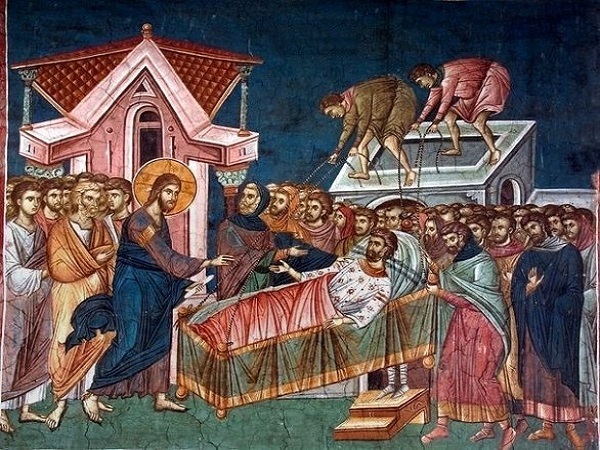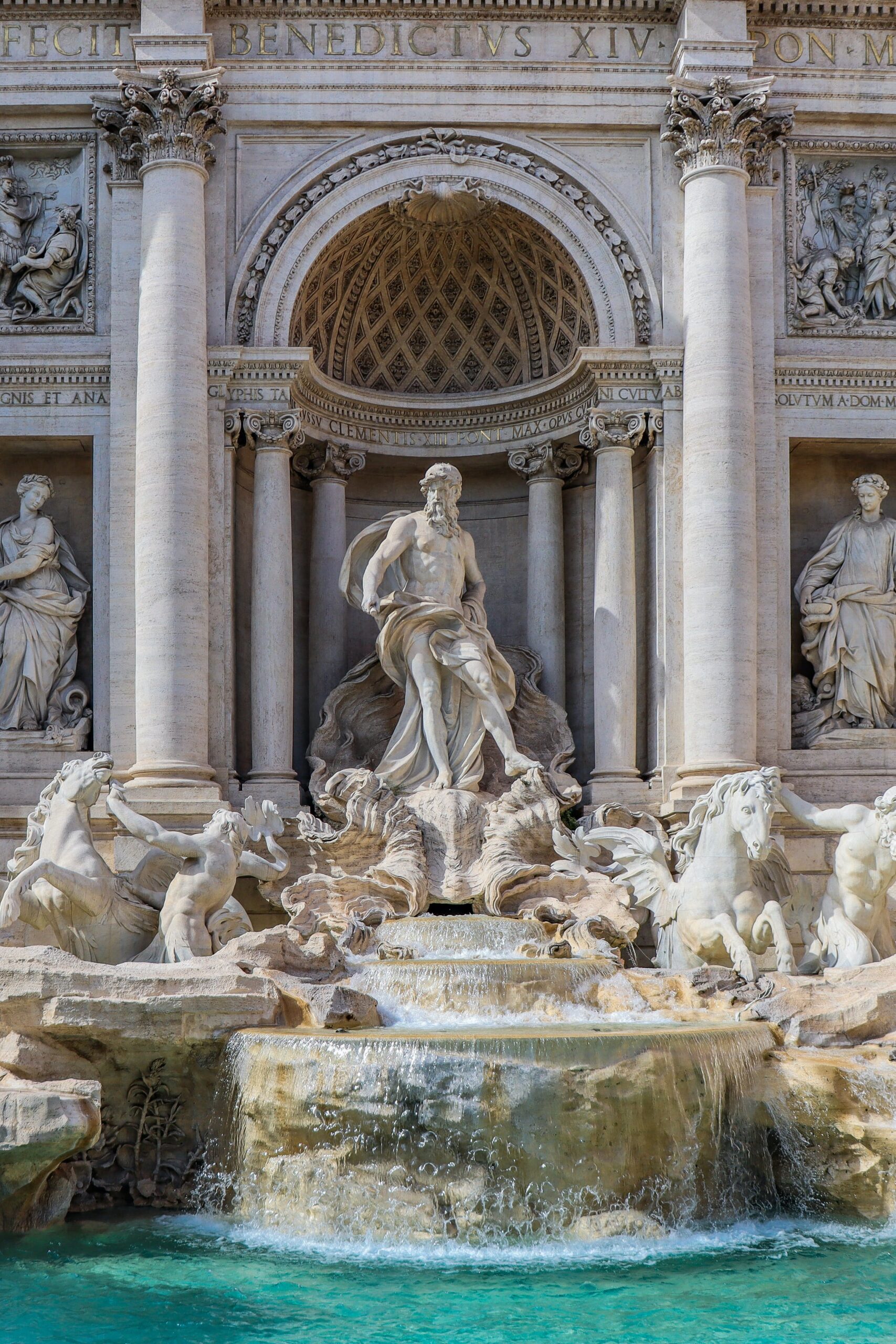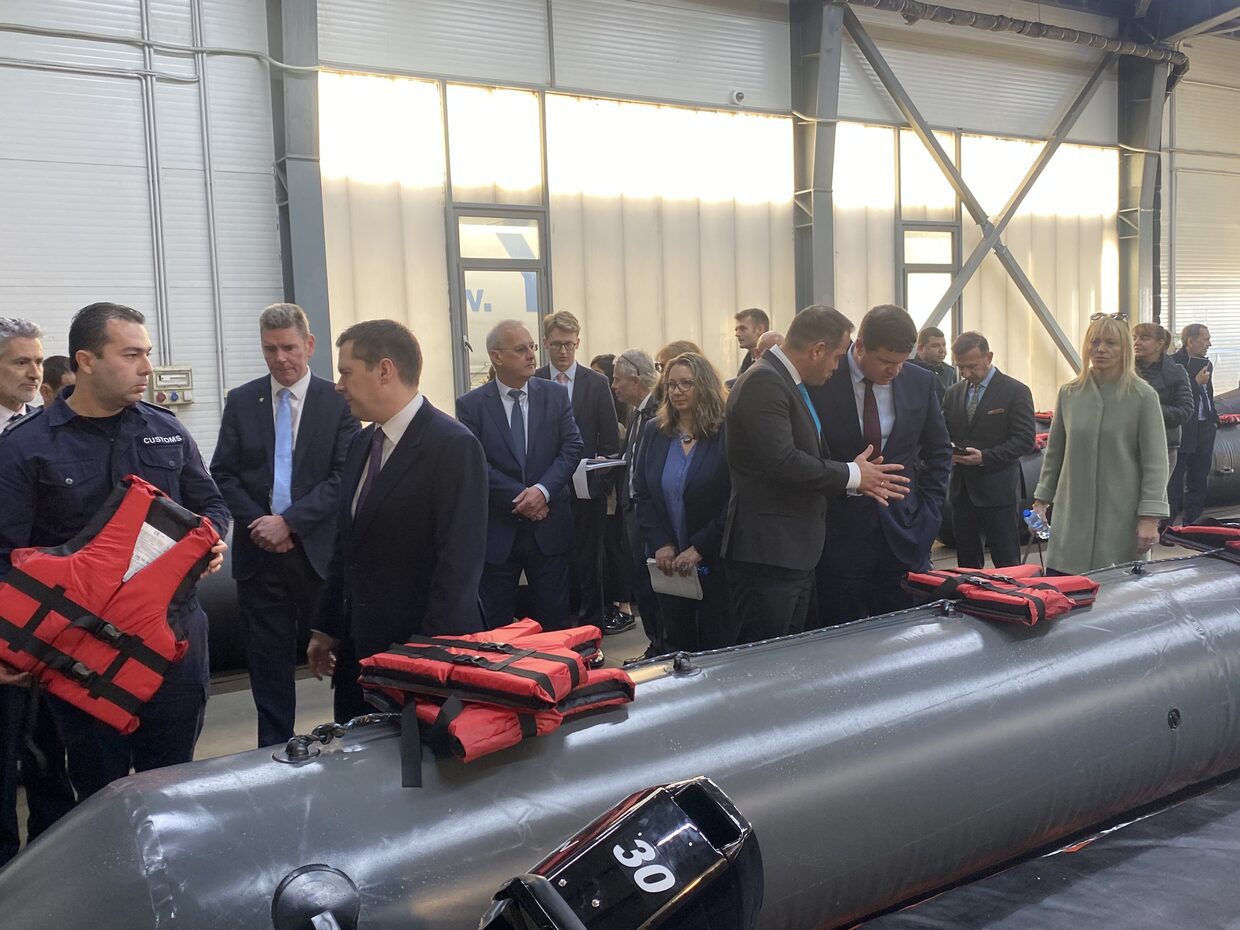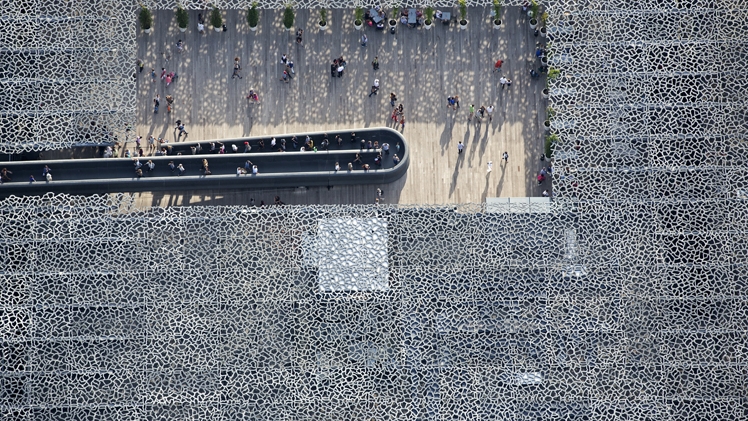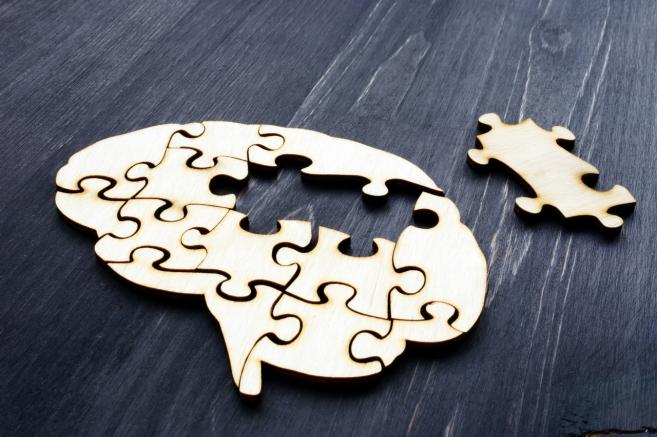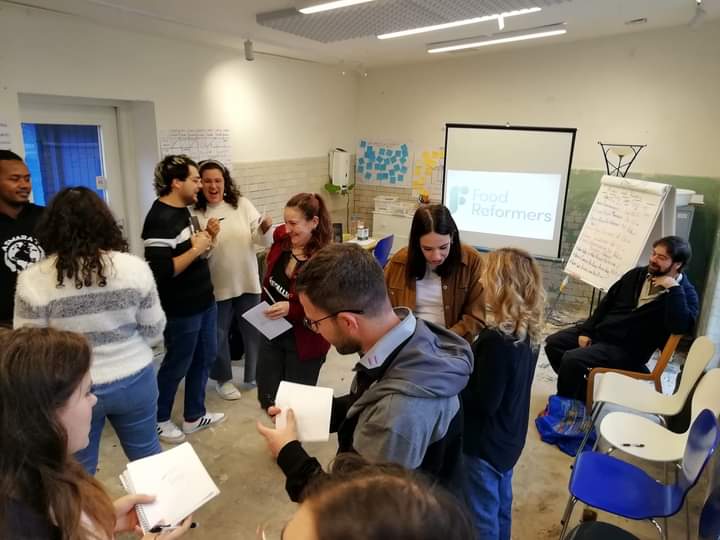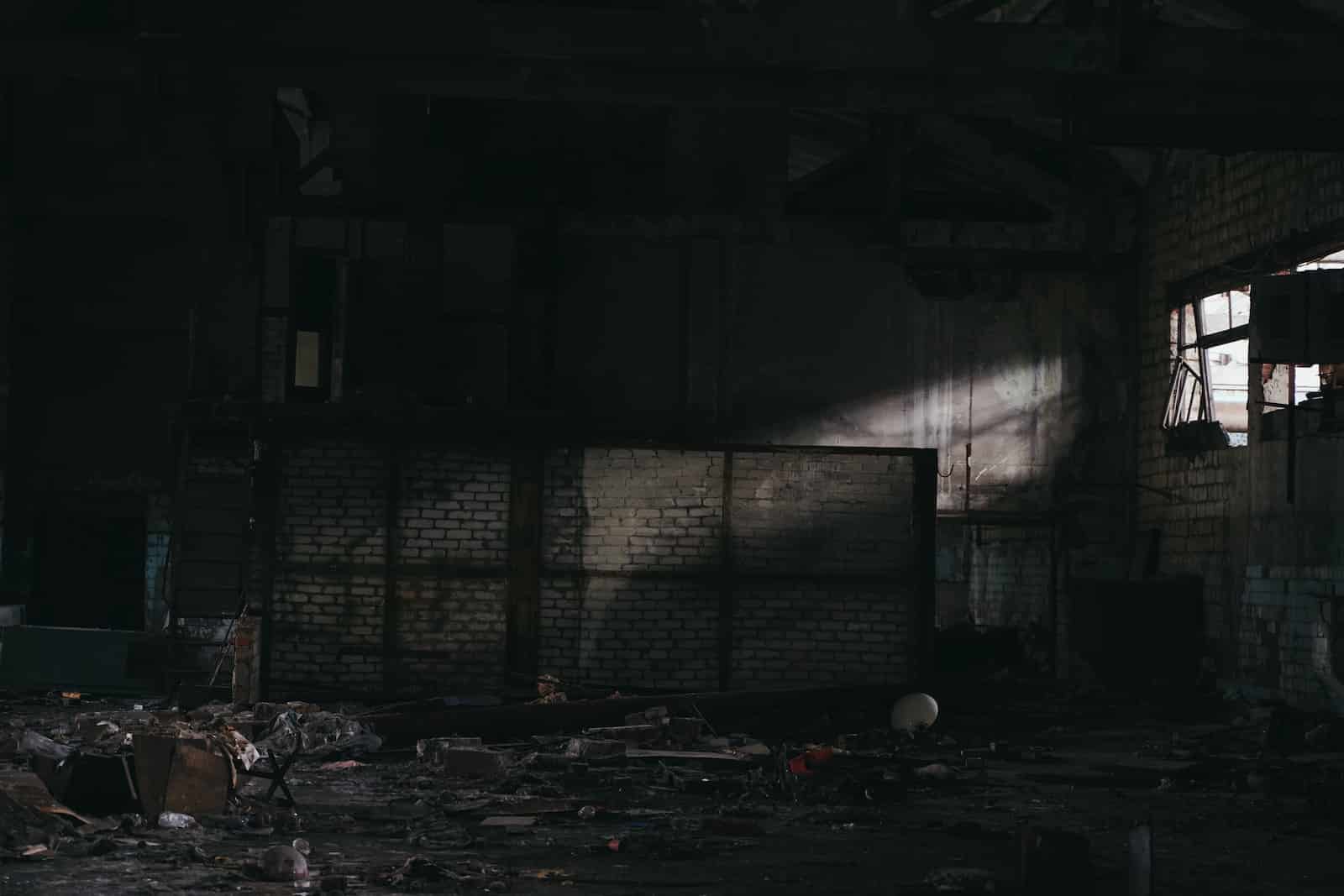A large part of the Orthodox parishes of the ROC in Moldova left this jurisdiction and joined the Romanian Orthodox Church, which also has its own jurisdiction in the country.
During the past week, the founder and rector of the Chisinau Seminary and Theological Academy, Father Vyacheslav Kazak, moved to the Romanian Church, together with the local parish. Thirteen more priests followed his example. Among them is Father Andrei Oistrich, dean of the Faculty of Pastoral Theology and clergyman of the seminary. In the immediate future, another fifty parishes are expected to leave the Moscow Patriarchate and join the Romanian Church.
Father Andrei Oistrich motivated his decision by stating that the Russian Church is the “stepmother” of the Orthodox in Moldova, and that more and more of his parishioners have a problem of conscience because of the Russian Church’s active support for the war in Ukraine. At the end of October, he left his post at the academy.
The mass exodus to the Romanian jurisdiction came about after last month the leadership of the Metropolitanate of Moldova (Moscow Patriarchate) deposed six priests because they had transferred to the Bessarabian Metropolitanate of the Romanian Church. The Bessarabian Metropolis defined this decision as canonically void, as it was not based on canonical and theological arguments, and called on all clerics and monks who feel repressed by the Russian dioceses “to have courage and abandon this slavery and return to tradition and the community of the Romanian Orthodox Church”.
From the beginning of the Russian war in Ukraine to this moment, over sixty parishes have passed from the ROC to the Romanian Orthodox Church. The new wave of change of jurisdiction comes after an alarming letter of the head of the Metropolitanate of Moldova (MP) Metropolitan Vladimir to the Russian Patriarch Kirill from September of this year, which received publicity. In it, Metropolitan Vladimir complains that the Russian Church in Moldova is losing ground in the country because of the war in Ukraine, and more and more priests and laymen are moving to the Romanian Patriarchate, attracted by the high state salaries and other social benefits offered by the Romanian state. He says that after the Russian invasion of Ukraine, the Metropolitanate of Moldova, as part of the Russian Orthodox Church, is perceived as a “front post of the Kremlin” and a “supporter” of the war, which threatens its existence: “For the Orthodox Church of Moldova, this association is equivalent to our disappearance from the religious and social scene of the country, because of the categorical rejection by our fellow citizens of the aggressive interference of Russia both in the affairs of our neighboring and friendly country Ukraine, and in our internal affairs”.
In the Republic of Moldova, there are two Orthodox churches, subordinate to the Moscow Patriarchate and the Romanian Orthodox Church, respectively, which have been disputing their canonical status since 2007, when three dioceses of the Bessarabian Metropolitanate of the Romanian Orthodox Church, restored after the collapse of the USSR, were registered in the country. A curious detail is that in the same year, representatives of the Russian Church and the Romanian Church had a meeting in the Troyan Monastery in Bulgaria, in an attempt to overcome the tension caused by the opening of the Romanian dioceses in Moldova.
The change of jurisdiction in Moldova is regulated by law. All parishes that have changed their jurisdiction receive registration and documents from the Public Service Agency.
Meanwhile, today it became clear that the chairman of the church “St. Dimitar” in Chisinau, Father Pavel Borsevski has sent a letter to the Primate of the Moldovan Archdiocese, Metropolitan Vladimir, to initiate the transfer of the entire church in Moldova to the jurisdiction of the Romanian Patriarchate. The open letter claims he has the support of the majority of priests in the capital.



